
How to Stop Oversleeping – A 7-Step Guide
Follow these 7 simple steps that work alongside your body to learn how to stop oversleeping.
Key Points:

Thoughts can be a wonderful blessing; they allow for rewarding relationships, enable us to make future plans for betterment, and facilitate imagination and creativity unique to humans. But thoughts can also be responsible for immense mental suffering.
According to the American Institute of Stress, about 33% of people report feeling extreme stress, with 77% of these experiencing stress that affects their physical health. Managing and preventing stress-inducing thoughts, therefore, is of utmost importance for your happiness, health, and prosperity.
This article will overview how the conscious and subconscious minds interact with other, for better and worse, and how you can learn to understand, accept, and manage your thoughts to live a prosperous and happy life.
Conscious thought refers to the part of our mental processes that we are aware of at any given moment. It is the part of our cognition that enables awareness, perception, and reasoning, where we use logic and reason to make informed decisions.
For example, when feeling hungry, we make the conscious thought and action to prepare food in order to quench the feeling of hunger.
The conscious mind (and the mind in general) is not a tangible concept like the brain, which can be seen and touched. Instead, the conscious mind remains a concept to help us visualize and understand the immensely complicated neurological brain processes that we identify as conscious thoughts.
The subconscious (also referred to as the unconscious) refers to the part of our mind that operates outside the level of conscious awareness.
It includes thoughts, feelings, memories, and processes that are not immediately accessible to our conscious mind but can still influence our behavior, emotions, and thoughts.
Subconscious processes are typically automatic, such as driving home from work on autopilot without consciously making the decisions to turn left, right, or brake. You’ve performed the drive home so many times that it now becomes automatic, and the brain is able to perform these actions without conscious input.
Like the conscious mind, the subconscious (and unconscious) are conceptual ideas, representing the different areas of the brain and neural pathways that activate according the task or thought at hand.
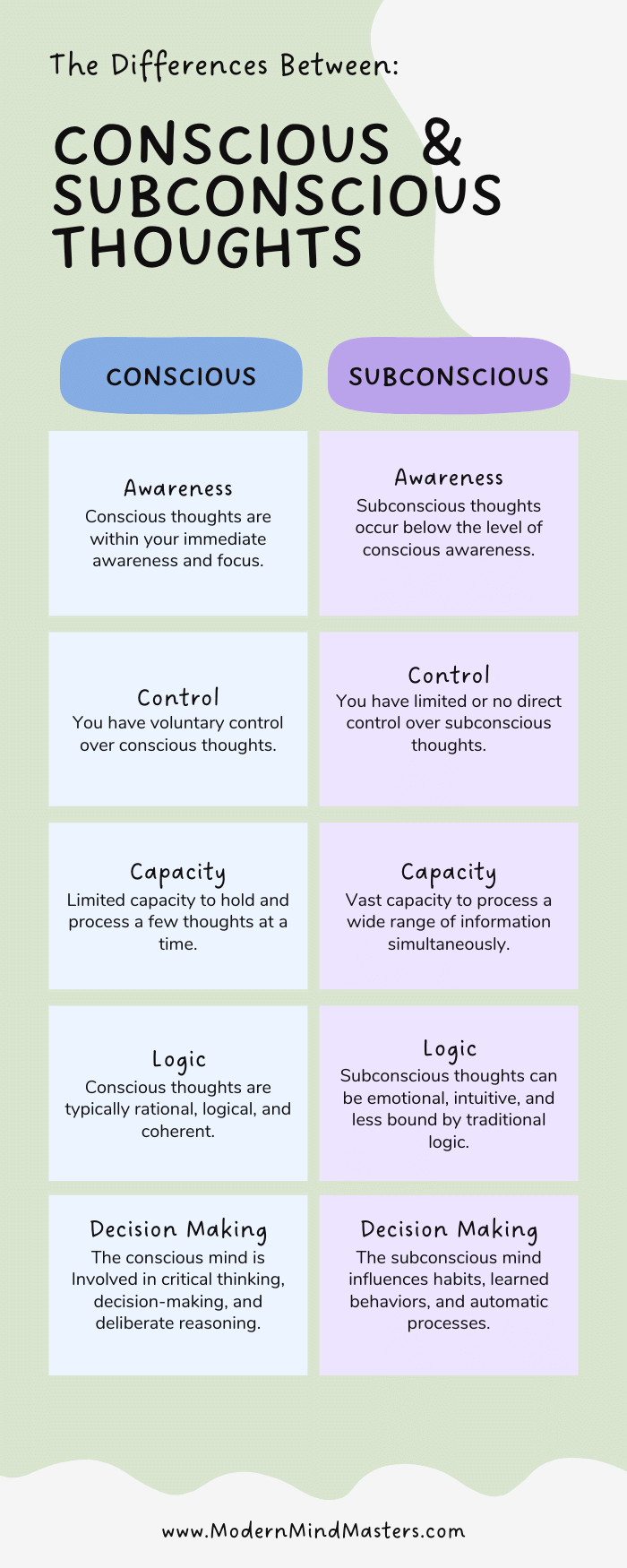
Whether we believe the mind to be tangible or intangible, it is clear that humans are capable of processing what we can define as consciousness. What is not so clear, however, and what causes much mental suffering and confusion, is why we have these thoughts, especially when they cause mental anguish such as stress, anxiety, and depression.
The mind is capable of producing active and passive thoughts, stemming from the conscious and the subconscious respectively. As the name suggests, the conscious mind is responsible for the thoughts we actively induce and for which we are therefore responsible for.
For example, when feeling thirsty you will actively think about drinking a glass of water. The fact that you were thirsty in the first place, however, is a subconscious thought – you have no conscious control on whether you feel thirsty or not. Memories can also be recalled from the conscious mind.
If you can’t find your keys you might consciously use your memory to recall where you last had them. Conscious thoughts are also responsible for physical actions, such as movement and speaking, which we must first actively think about before performing.
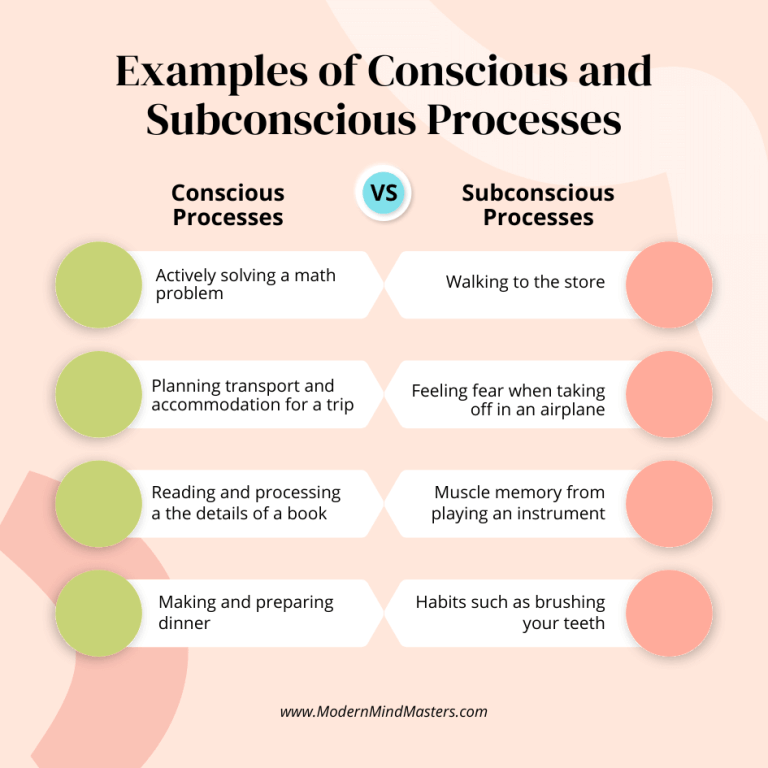
A thought is an idea or opinion produced in the mind. Note that an idea can be produced in two ways; one by thinking (active) and the second occurring suddenly (passive). Remembering these two sources is extremely important, as we will see.
An action, by contrast, is the process of doing something.
All actions are the result of a thought, whether conscious or subconscious. In order to grab a glass of water, the mind must first process the thought, turn it into electrical signals, and send them down the correct neural networks to our muscles.
Without neurons from the brain triggering the muscles, there cannot be any action.
Because there are two sources of thoughts, active (purposely induced) and passive (impulsively induced), it follows that there are also two types of actions of the same type.
Active actions are the result of thinking, such as getting a glass of water because you’re thirsty. Passive actions, on the other hand, are the result of sudden thoughts, such as tensing our bodies when we hear a loud and unexpected bang.
Passive thoughts occur suddenly, without any conscious input from any other function of the body. Actions, however, are always preceded by thoughts, whether active or passive.
We will see the importance of this later, but for now, the takeaway point is that thoughts and actions are separate processes, with actions always preceded by thoughts. They are separate events but the mind links them together either with our conscious input or on its own.
Whereas the conscious mind is usually based on logic and reasoning, the subconscious mind is based on instinct and emotion. It is much more powerful and faster to react than the conscious mind, which is why we often react to surprise situations with emotion where we would rather use logic.
Road Rage is a prime example; logically, when someone pulls out in front of you, you should back off and keep a safe distance. But the subconscious mind, driven by emotion, may try to tailgate because it is offended and seeks justice. Hence the distinction of the “Chimp” and the “Human” in The Chimp Paradox.
The subconscious mind is the result of millennia of evolution and can be dangerously animalistic. The “animal” inside us doesn’t decide to fly, hunt, sleep or fight in the same way that the logical brain decides to do something – it is driven by raw emotion and simply follows the instructions that stem from the subconscious parts of the brain.
Related Post: The Negativity Bias – Why Negativity Is Natural
We don’t consciously decide to have thoughts that are unpleasant or that we are embarrassed about, such as the thoughts of becoming intimate with another person whilst happily married, or the thought of eating an entire box of chocolates, even though you know you shouldn’t.
These subconscious thoughts are created deep inside the animalistic parts of the brain which we have little conscious access to.
For better or worse there is no rest from the subconscious mind. It works 24 hours a day performing all manner of functions, including controlling your body temperature, breathing, organ functionality, and cell growth to name just a few. You cannot switch it off.
Even when sleeping it is the conscious mind that rests. Your subconscious mind, however, is still very much active. In fact, free from the restraints of the logical conscious mind, which is now at rest, it can delve into absurd dreams outside of the box of rational conscious thought.
Dreams are thought to be subconscious manifestations of the day’s events or subconscious thoughts which are currently weighing heavily on your mind. Understanding and interpreting your dreams can be a powerful tool in helping you deal with the emotional ordeals currently affecting your quality of life.
The conscious mind contains all of the thoughts, memories and feelings of which you are aware of at any given moment and processes them logically. It’s in use while you’re awake and controls voluntary movements and speech.
It’s the same system we use when acquiring knowledge, where we actively engage with thoughts and allow them to process in our minds. But, crucially, it’s only aware of the here and now and only experiences events in the present.
Conscious awareness is analogous to the tip of an iceberg, of which only 10% is above water. In the same way, the consciousness can be thought of as the 10% of the mind that we can experience and control.
The subconscious makes up the remaining 90% of the iceberg which lies out of sight and beyond our immediate control. But this unseen proportion makes up the vast majority of the collective mind, and is therefore extremely influential in how we process information and make decisions.
And we must maintain constant awareness of the submerged 90% of the iceberg, lest we accidentally stray too close and suffer the same metaphoric fate of the Titanic.
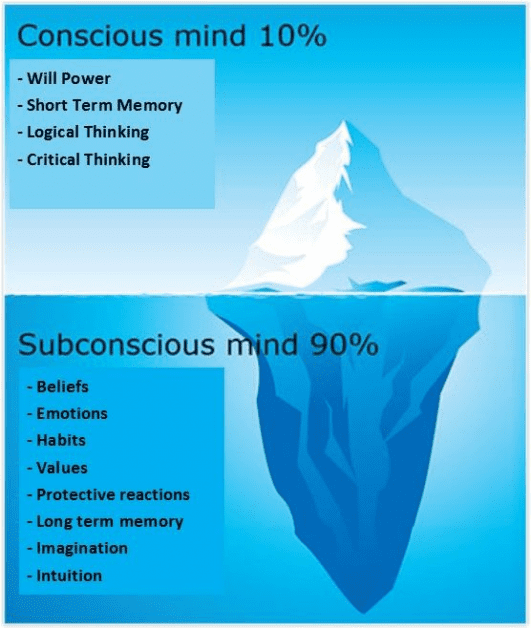
If conscious thoughts contain all those thoughts, emotions, memories and actions which are within our conscious awareness, then subconscious thoughts consist of all other feelings, thoughts, urges and memories that lie outside of it.
These subconscious thoughts arise in our mind without us having any direct control over them. This mind also contains far more information (including the memories, experiences, wisdom and insights gained over the years) than the conscious mind, which is only able to focus on a few thoughts at any one time (and only in the present).
Take the feeling of hunger, for example. When hunger first becomes apparent to you, it is a subconscious thought. We did not decide to have this feeling and cannot make it go away (unless it is quenched by eating). The subconscious mind is forcing this feeling through genetically based instincts, and whether you like it or not, it is beyond your control.
The true scale and power of subconscious activity is still not fully understood by science, and it is almost certainly capable of much more than we are currently aware of. But its effects are apparent in all aspects of life, and understanding these effects is how we can learn to not only manage them but use them to our advantage.
This leads to a simple but life-changing conclusion; you cannot control your subconscious thoughts. As we have seen, the subconscious is driven by primal emotions etched into your DNA.
It logically follows that if we are not in control of subconscious thoughts, we cannot be blamed or judged by them. You are not in control of your subconscious thoughts anymore than you are in control of the weather or war in the Middle East.
You cannot be blamed for subconscious thoughts because you did not choose to have them. Remember this universal law and you will eliminate most of the pointless mental battles you have with yourself in your mind.
But remember, thoughts are different from actions. We may not be in control of our subconscious thoughts, but we have full control and responsibility for our actions. You cannot be blamed for having cravings of eating an entire cake when on a diet, but you are fully responsible for how you choose to act upon them.
The main takeaway from this article that conscious and subconscious thoughts stem from different areas of the brain that are connected by different neural pathways.
While some parts of the brain act together to create conscious thoughts when we request it, other parts act upon instinct and emotion, and these subconscious areas act far quicker than we can consciously react to.
As a result, we cannot blame or judge ourselves for the inception of unpleasant or unwanted subconscious thoughts, no matter how bad.
But thoughts and actions are two separate processes; while thoughts cannot always be controlled, actions can. Every action is preceded by a thought, so we must learn to accept, understand, and manage every thought in order to control its corresponding action.
Learn to accept your thoughts (good or bad) for what they are and you will be rewarded with greater control of not just your thoughts, but your actions. Not only will your decision-making be based more on logic, the intensity of your negative thoughts should also diminish, leading to a happier and more productive you. Now that should give you some great peace of mind.
Whereas the conscious mind is usually based on logic and reasoning, the subconscious mind is based on instinct and emotion. It is much more powerful and faster to react than the conscious mind, which is why we often react to surprise situations with emotion where we would rather use logic.
For example, when feeling hungry, we make the conscious thought and action to prepare food in order to quench the feeling of hunger.
Subconscious processes are typically automatic, such as driving home from work on autopilot without consciously making the decisions to turn left, right, or brake. You’ve performed the drive home so many times that it now becomes automatic, and the brain is able to perform these actions without conscious input.

Follow these 7 simple steps that work alongside your body to learn how to stop oversleeping.
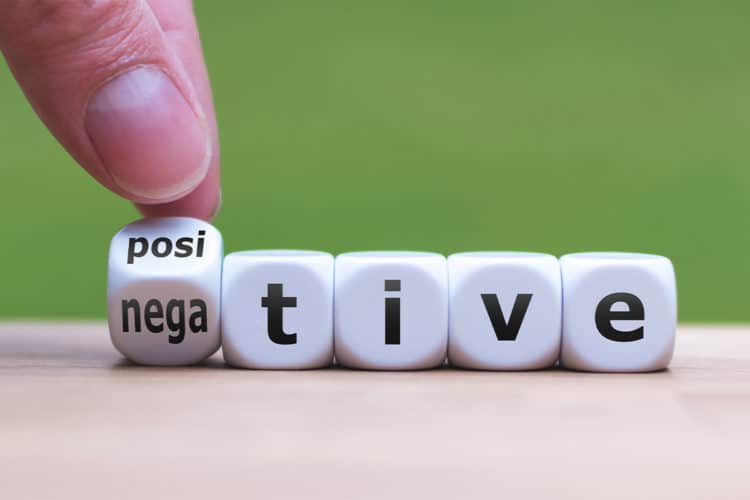
The negativity bias – our tendency to react more readily to negative stimuli – affects every thought and action we make. But it is not our fault, in fact, it is biological.
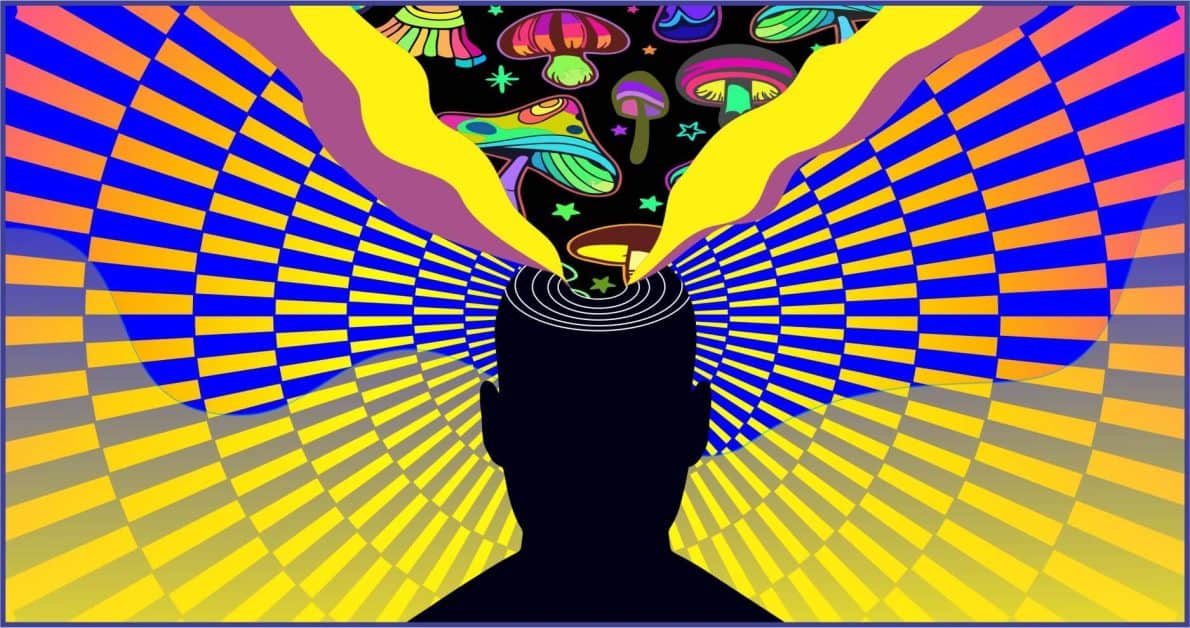
Psilocybin can help treat mental health by altering neural connections, reducing activity in parts of the brain causing anxiety, allowing new healthier connections to form.
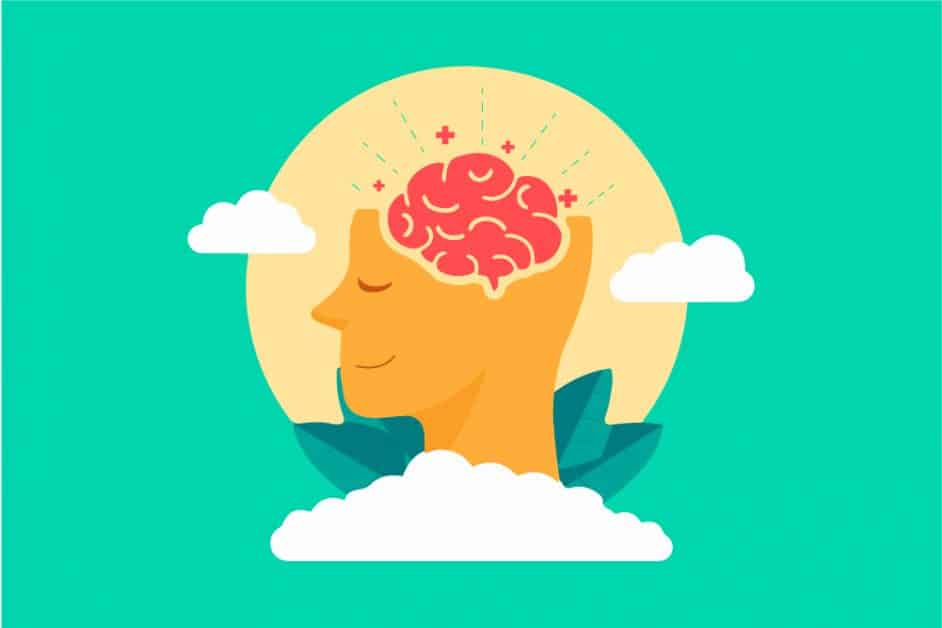
There is no magic pill to become happier overnight, but there are simple steps we can easily perform that will boost our well-being over time.

Reverse osmosis water filter systems are the gold standard in water filtration, effectively removing a wide range of contaminants and disinfectant byproducts.
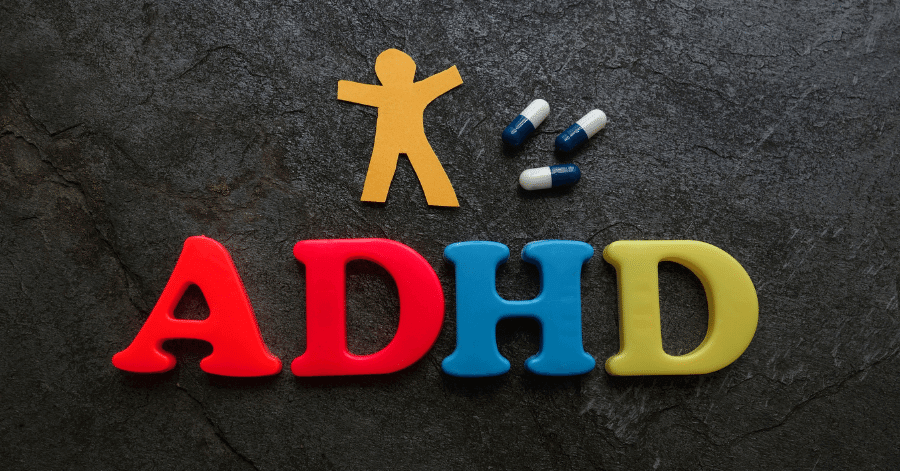
Treatments for ADHD include prescription medication, natural stimulants, natural non-stimulants, and non-invasive techniques. The best course of action, however, depends on the individual.
© 2025 Modern Mind Masters - All Rights Reserved
You’ll Learn:
Effective Immediately: 5 Powerful Changes Now, To Improve Your Life Tomorrow.
Click the purple button and we’ll email you your free copy.
This was great.
thx it really helped me
i like it